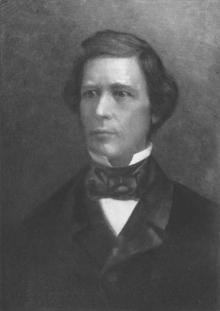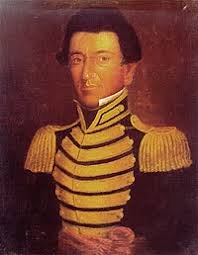No doubt the media and the activists tearing them down justify the destruction of Confederate monuments on the premise that the South fought to perpetuate slavery and the North entered and fought the Civil War to end it. Today’s academics are comfortable acquiescing to that false public impression because it serves their anti-Southern agenda. Only if directly asked, “Did the North go to war to end slavery?” will they sometimes answer that the impression needs to be modified in two ways.
First, they add that Northerners went to the war to “preserve the Union.” The professors will not, however, explain that Southerners regarded “preserving the Union” as merely a euphemistic way of saying that the Northern objective was to “coerce the seceded states back into the Union” against their will. There would have been no war if there had been no coercion. Northerners chose coercion and thereby inaugurated Civil War. They chose coercion to avoid disunion, which they concluded threatened the prosperity of the truncated Union. About ten Northern states even conceded the point in formal legislative resolutions opposing Southern secession when they mentioned the prosperity that the Union provided.
Second, some professors will also clarify that the North did not go to war to end slavery but to prevent the spread of it to the federal territories west of Texas and the Missouri River. Such, indeed, was a plank in the 1860 Republican Party platform. The professors will not, however, explain that Northerners wanted to stop the spread of slavery because they wanted to stop the spread of blacks per se. They wanted to quarantine blacks in the South.
Nobody should be surprised that Civil War era Republicans used the “stop the spread of slavery” trope as code phrase for quarantining blacks in the South. Everybody knows that today’s Democrats employ similar deception regarding illegal immigration on our Southern border. Although they pretend that their motive is humanitarian, it’s a lie. Their true objective is to strengthen their Party because they know that illegal immigrant descendants typically vote Democrat, as do the immigrants themselves should they become naturalized citizens.
The Northern mantra of stopping the spread of slavery began fifteen years before the Civil War in 1846 when Pennsylvania Congressman David Wilmot attached a rider to a military funding bill. Known as the Wilmot Proviso it stipulated that slavery would be outlawed in any of the territories acquired by the war. Although the bill was defeated, those familiar with it today typically misinterpret it as a moral attack on slavery whereas the true motivation was white supremacy.
In Wilmot’s own words, “I make no war upon the South, nor upon slavery in the South. I have no squeamish sensitiveness upon the subject of slavery, nor morbid sympathy for the slave. I plead the cause of the rights of white freemen. I would preserve for free white labor a fair country, a rich inheritance, where the sons of toil, of my own race and own color, can live without the disgrace which association with negro slavery brings upon free labor.”
Eight years later in response to the Kansas-Nebraska Act authorizing slavery in the western territories to be settled by popular vote in the applicable territory, future President Abraham Lincoln opposed the Act by declaring: “The whole nation is interested that the best use shall be made of these [western] territories. We [Republicans] want them for the homes of free white people. . .” Three years before the 1861 Civil War started Illinois Republican Senator Lyman Trumbull said, “We, the Republican party, are the white man’s party.” That same year, Massachusetts abolitionist and Republican Senator Henry Wilson said, “I do not believe in the equality of the African and white races.”
Three months before the opening shots of the Civil War, Texas Senator John Regan ripped the mask off the hypocritical Northerners:
“Suppose the people of the South would today voluntarily surrender $3 billion in slave property and send their slaves at their expense to the free states, would you accept them as freemen and citizens of your States? You dare not answer me that you would. You would fight us with all your energy and power for twenty years. . .”
During the Civil War in April 1864 Congress “scorned” a proposal by Kentucky Senator Garrett Davis that refugee blacks be redistributed in the Northern states in “proportion to their white populations.” That same year it rejected an amendment to the Freedmen’s Bureau bill by West Virginia Senator Waitman Willey that would empower the Bureau to contact the governors and mayors of Northern states and cities to arrange black settlements in the North.
Finally, consider the undeniable reality that from Texas statehood in 1845 to the present day (177 years), twenty of the twenty-two states that joined the Union had only about one percent of their populations composed of blacks. The two exceptions were the border states of West Virginia and Oklahoma. As late as 1910 ninety percent of blacks remained in the South. They only began to migrate to the North when World War I production demands created a labor shortage.
If today’s anti-statue mobs were to realize that Civil War era Northerners wanted to keep blacks quarantined in the South, they might well turn their attention to tearing down statues to Northern Civil War heroes.







Lincoln’s own Secretary of State, William Seward, said that he viewed the new states as white-only enclaves, devoid of competing cheap black labor.